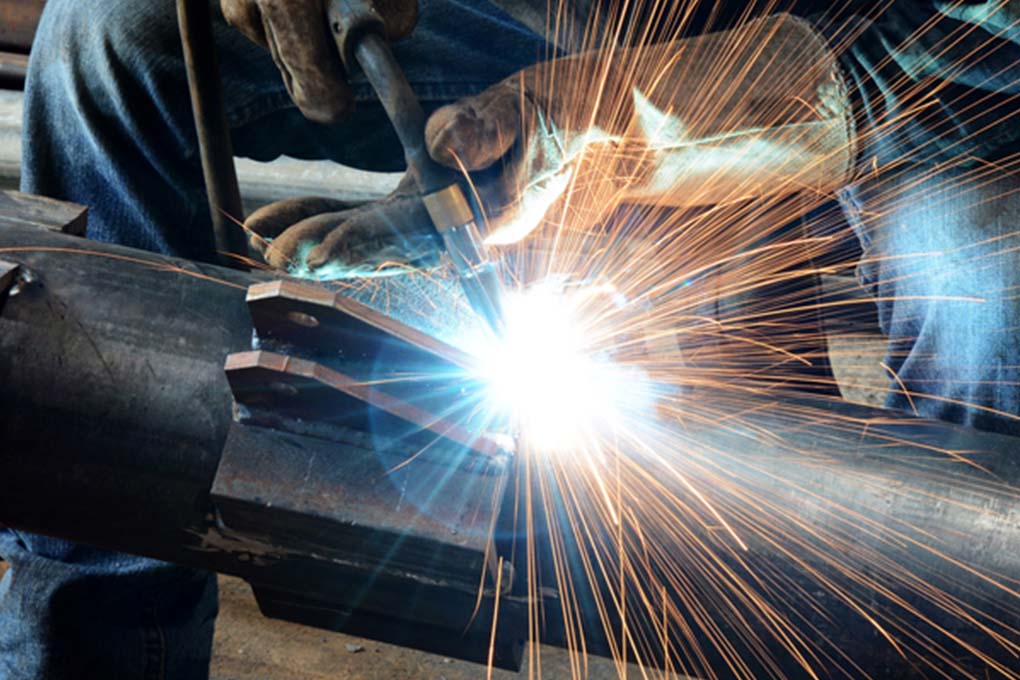The welding process that you choose for your next project will vary greatly depending on the type of metal you are using, its thickness and its finish.
While there are a variety of methods for various metal types, let’s take a closer look at the welding methods most commonly used on stainless steel.
What is stainless steel?
Stainless steel is a generic term for a family of alloy steels containing 10.5% or more chromium. Due to the unique, chromium-rich composition of stainless steel, it has a range of beneficial properties, allowing it to have a diverse range of applications. You can check out the many benefits of stainless steel as a material choice here. The main stainless steel welding methods include TIG welding, resistance welding and MIG welding. Keep reading to learn more about each method and work out which is best for you.
TIG welding
Tungsten Inert Gas welding is a non-consumable technique which uses argon gas to produce high quality, strong weld. This form of welding creates heat by running the electric current through the tungsten electrode. This method offers high quality, versatility and longevity and is the most commonly used stainless steel welding process. To prevent oxidation and to increase your steel’s resistance to corrosion, a single-sided welding process can be used, creating inert backing gas protection between the interior and exterior welds.
Resistance welding
Resistance or “spot” welding is one of the most economical types of welding. What makes resistance welding equipment so great is its incredible versatility which allows welders to create all types of projects, whether they be small or large. Resistance welding uses an electrical current to heat frayed metal edges and seal them together. This type of welding is exceptionally productive on metal with a low melting point because it can be tailored to prevent distortion of the metal.
MIG welding
MIG welding is an especially popular method, especially for beginners. Standing for Metal Inert Gas welding, MIG welding combines two metal pieces together using a wire connected to the electrode current. The wire passes through a welding stick shielded by an inert gas. MIG welding is great because it is user-friendly and requires much less precision by the operator to make a decent weld. When done correctly, MIG welding offers a very strong joining between pieces of stainless steel. Other gases mixtures, including those with helium, oxygen and carbon dioxide, are often used to stabilise the arc and improve the quality of the weld.
If you want to give welding a try, be sure to brush up on important welding terminology. You can rest assured knowing that stainless steel is the best choice when it comes to your welding projects, providing long-term, consistent performance. If you need quality steel that is fabricated to suit your unique needs, contact Steel Fabrication Services today. Our team of expert structural steel fabricators have the experience and knowledge to answer any of your questions and will ensure that you find the best solution to suit your needs. To contact us today, simply call, fax, email or drop by our Brookvale location.
